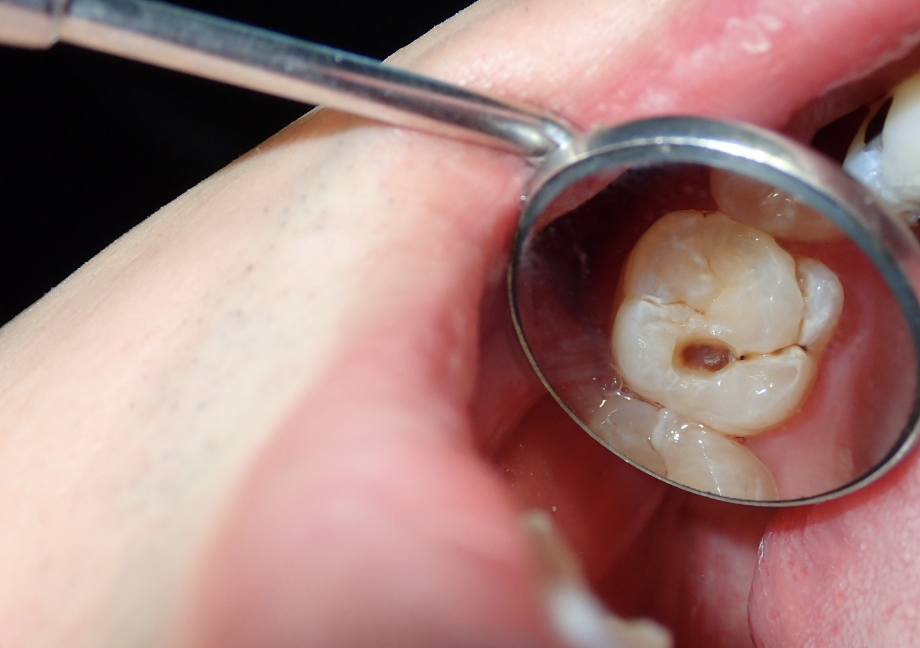Debunking Common Myths About Pediatric Dentistry
Common Myths About Pediatric Dentistry
Despite advances in pediatric dentistry, many misconceptions persist. It’s important to separate fact from fiction to ensure your child receives the best possible care. Let’s debunk some common myths about children’s dental health.
Myth 1: Baby Teeth Aren’t Important
Truth: Baby Teeth Play a Crucial Role
Many parents believe that baby teeth don’t need much care since they will eventually fall out. However, baby teeth are essential for several reasons:
- Proper Chewing and Nutrition: Healthy baby teeth are necessary for chewing food properly and getting adequate nutrition.
- Speech Development: Baby teeth play a role in the development of clear speech.
- Guiding Permanent Teeth: Baby teeth hold the space for permanent teeth and help guide them into the correct position. Premature loss of baby teeth can lead to crowding and misalignment of permanent teeth.
- For more information on this topic, please read my blog post “The Role of Baby Teeth in Your Child’s Development, Oral Health, and Facial Development”
Myth 2: Cavities in Baby Teeth Don’t Matter
Truth: Cavities in Baby Teeth Can Cause Serious Problems
Ignoring cavities in baby teeth can lead to pain, infection, and difficulty eating. Untreated cavities can also affect the development of permanent teeth. Early dental care helps prevent cavities and sets the foundation for lifelong oral health.

Myth 3: Young Children Don’t Need to See a Dentist
Truth: Early Dental Visits Are Essential
It’s crucial to start dental visits early. The American Academy of Pediatric Dentistry recommends that children see a dentist by their first birthday or when their first tooth appears. Early visits allow the dentist to monitor your child’s oral development, provide preventative care, and establish a positive relationship with dental care.
Myth 4: Kids Only Need to Brush Once a Day
Truth: Twice-Daily Brushing and Flossing Are Necessary
Children should brush their teeth twice a day—once in the morning and once before bed. Brushing twice daily helps remove plaque and bacteria that cause cavities and gum disease. Flossing should also be introduced as soon as your child has two teeth that touch to clean between the teeth where a toothbrush can’t reach.

Myth 5: Sugar Is the Only Cause of Cavities
Truth: Cavities Are Caused by Multiple Factors
While sugar is a major contributor to cavities, it’s not the only cause. Cavities result from a combination of factors including poor oral hygiene, frequent snacking, and not drinking enough water. It’s important to maintain a balanced diet, limit sugary snacks and drinks, and encourage regular brushing and flossing to prevent cavities.
Myth 6: Dental X-Rays Are Very Dangerous for Children
Truth: Dental X-Rays Are Safe and Necessary

Dental x-rays are a valuable tool for diagnosing issues that aren’t visible during a regular exam, such as cavities between teeth, impacted teeth, and bone abnormalities. Modern dental x-rays, such as the x-ray system at Breathe Kids Dental, use very low levels of radiation and are safe for children. In addition, protective vests are administered to minimize radiation. Your dentist will use x-rays judiciously to ensure they provide the best care while minimizing exposure.
Myth 7: Thumb Sucking and Pacifiers Are Harmless
Truth: Prolonged Use Can Affect Dental Development

While thumb sucking and pacifier use are common in infants and toddlers, prolonged use can lead to dental problems such as misaligned teeth and bite issues. It’s important to gently encourage your child to stop these habits by age three to avoid long-term effects on their dental health.
Compassionate and Holistic Approach to Pediatric Dentistry
At Breathe Kids Dental, we are dedicated to providing compassionate and holistic, integrative dental care for your child. By debunking these common myths, we aim to educate parents and caregivers about the importance of early and consistent dental care. Our goal is to foster a positive, fear-free experience and promote lifelong oral health for your child.


